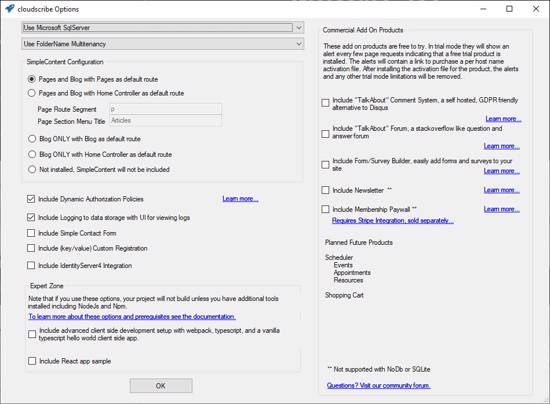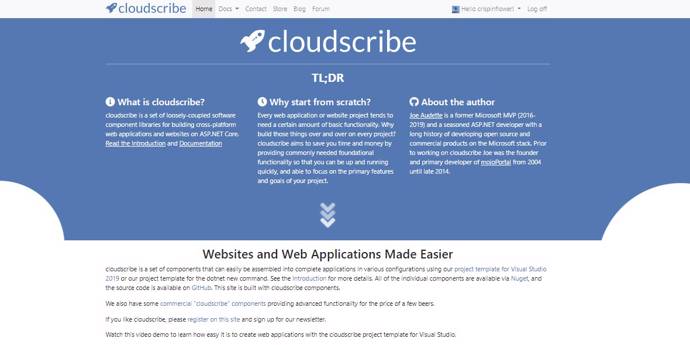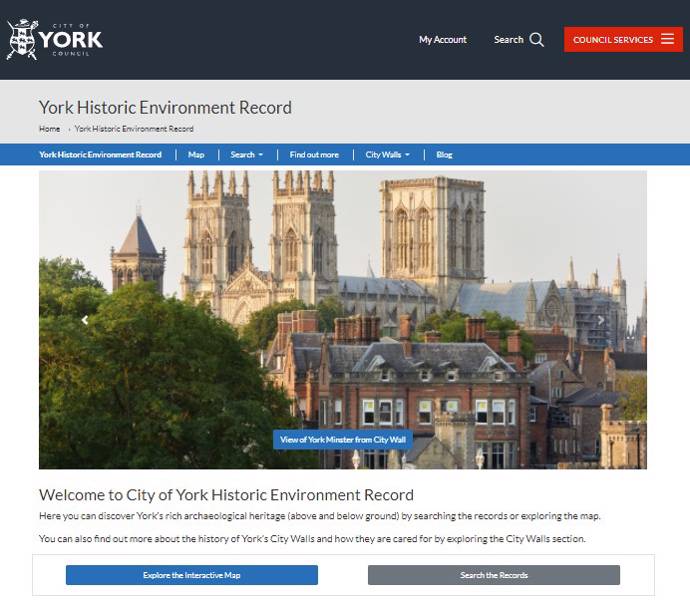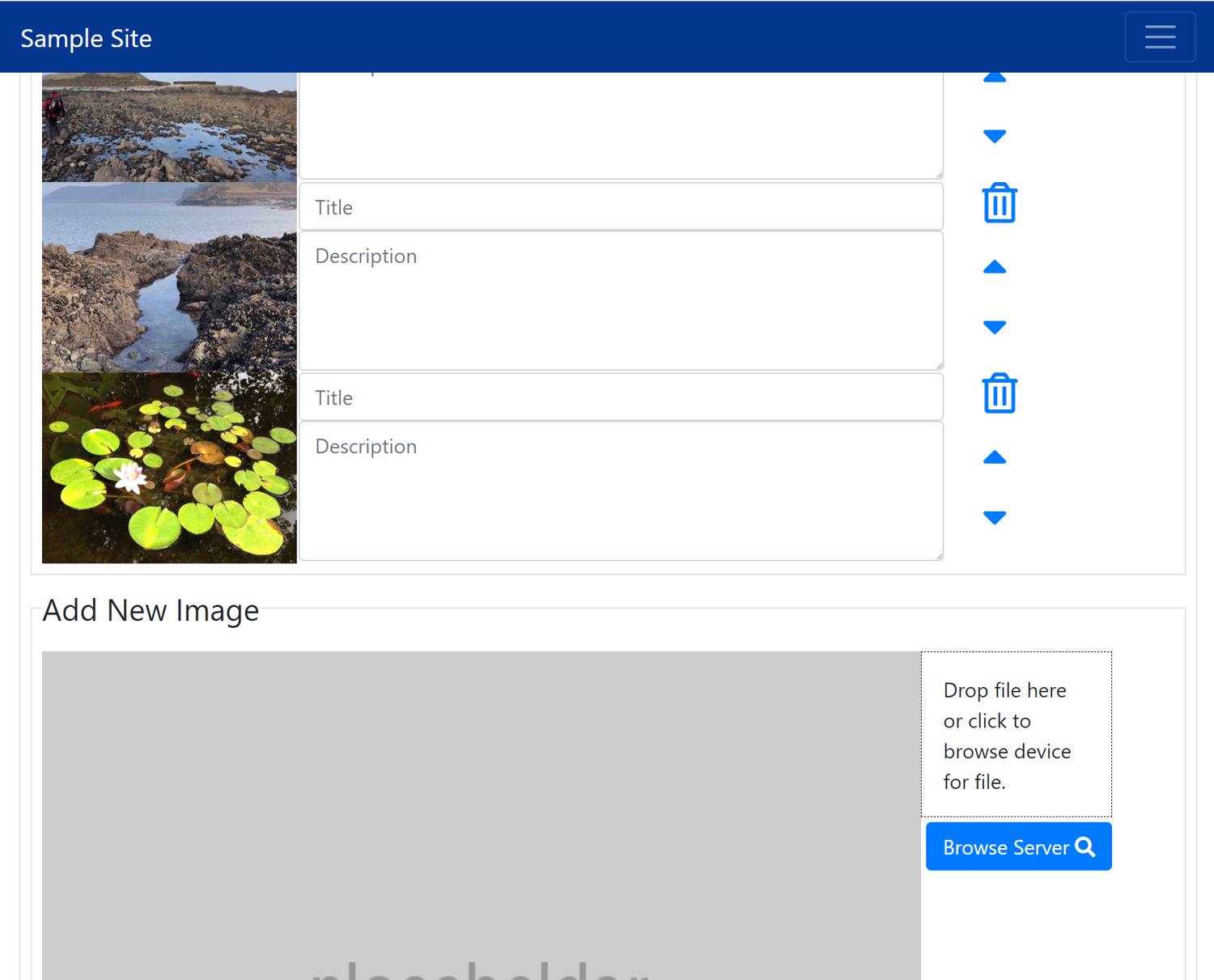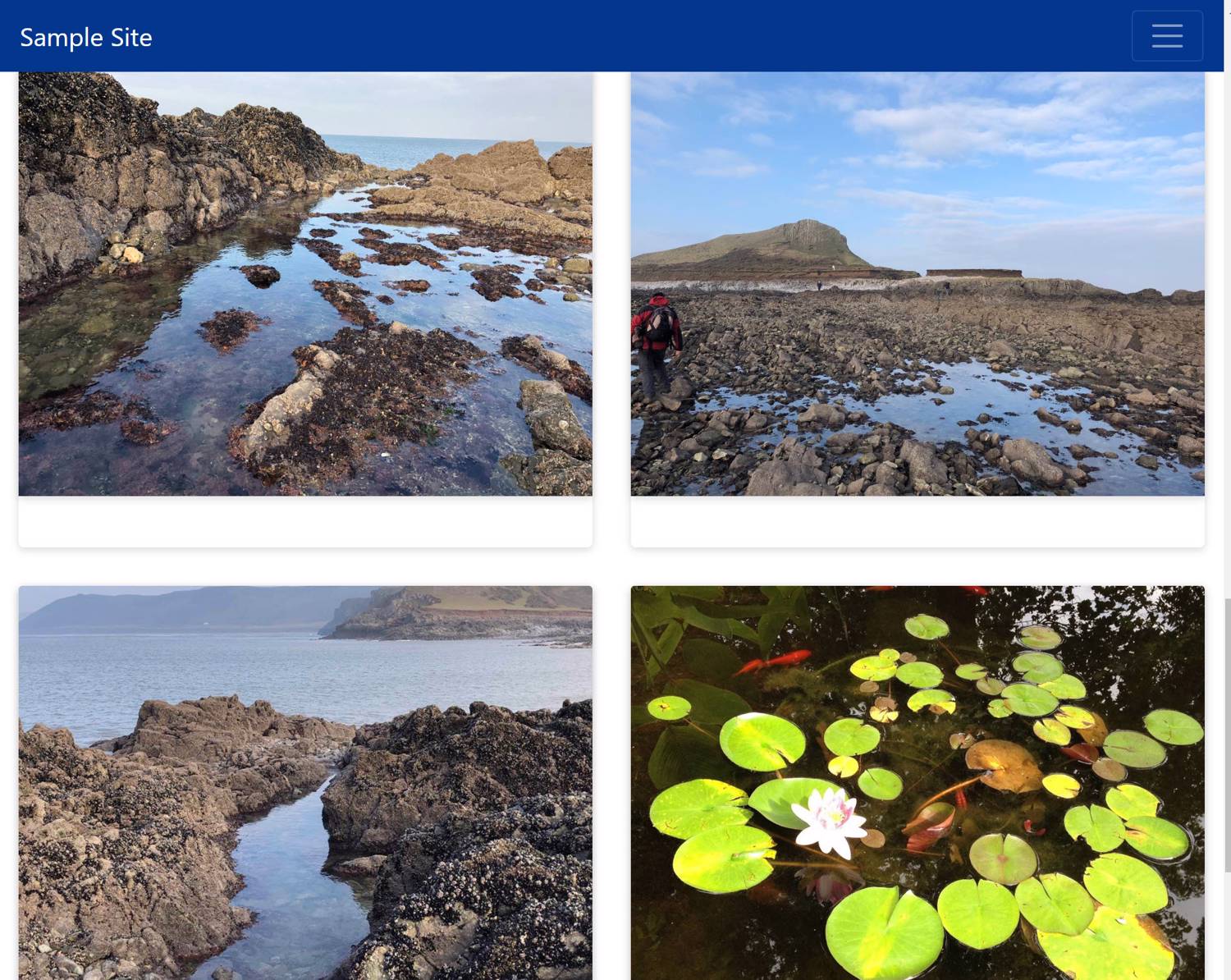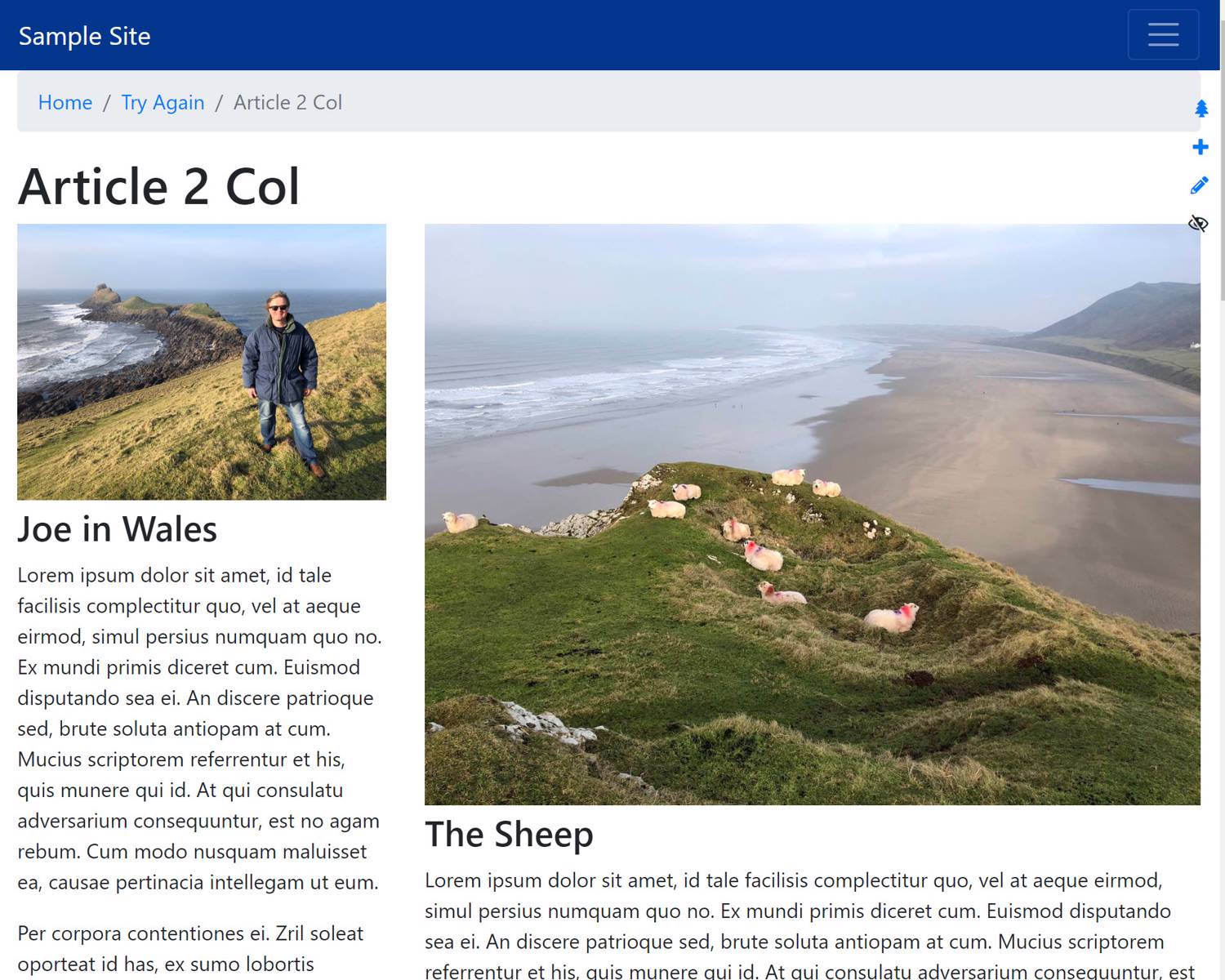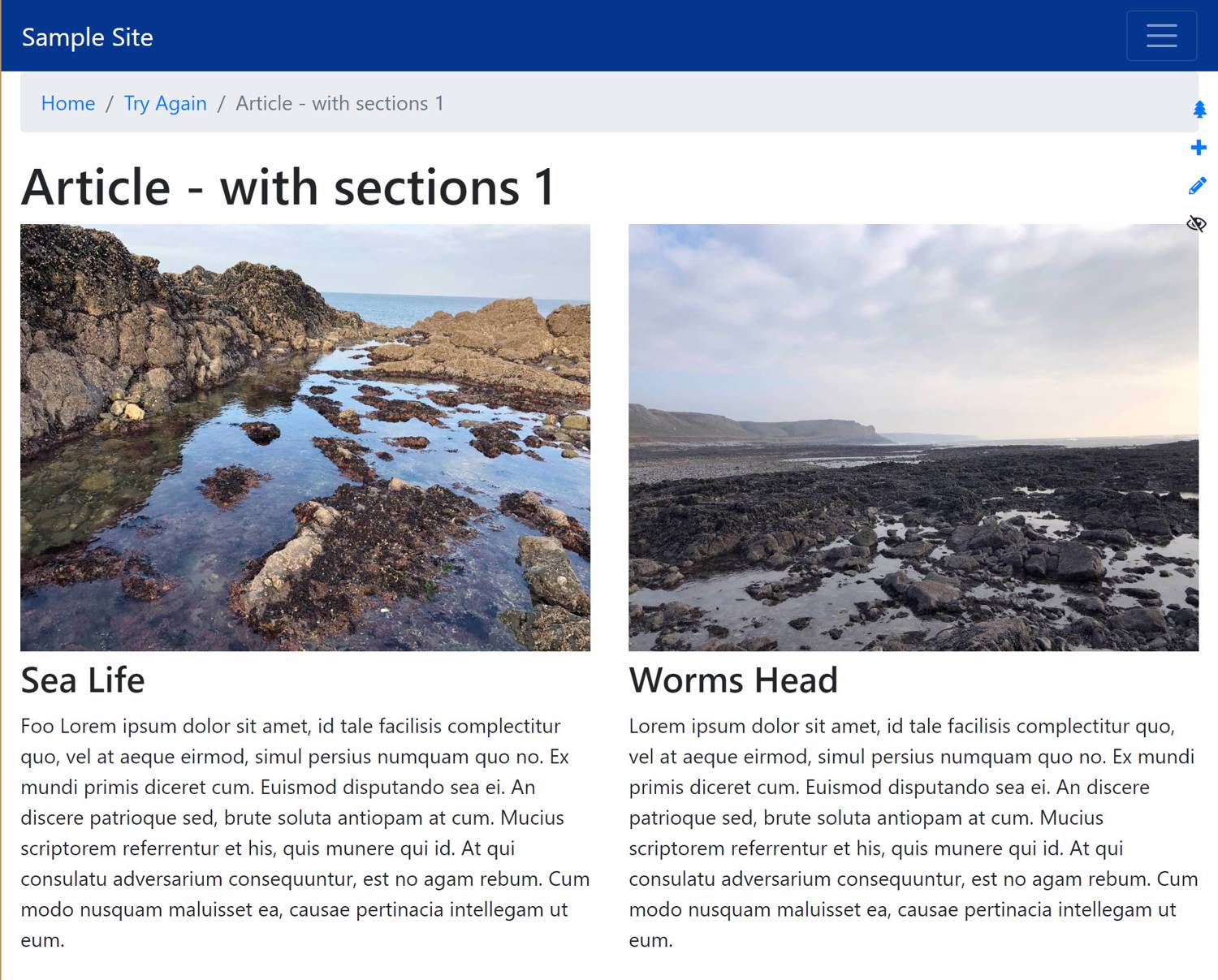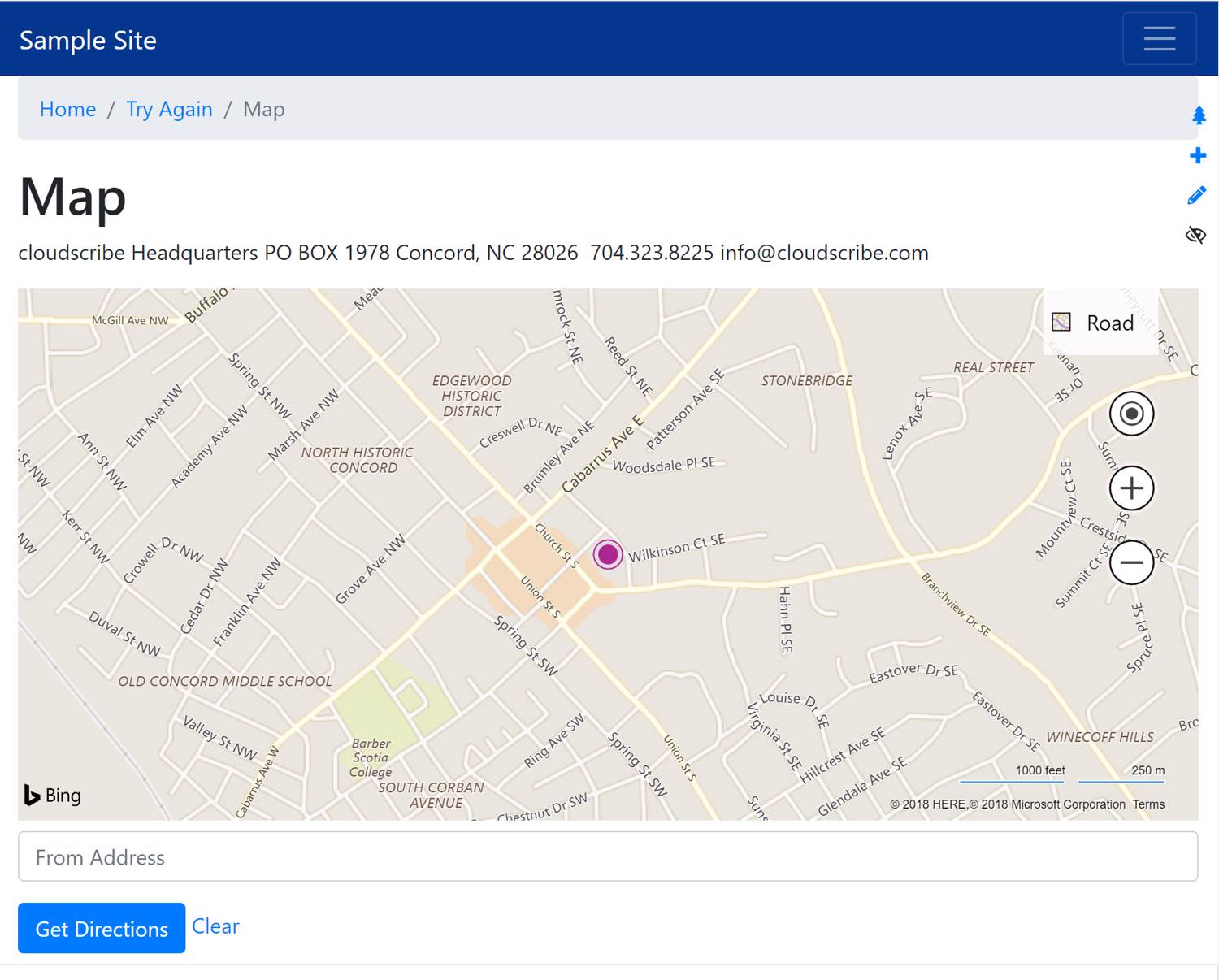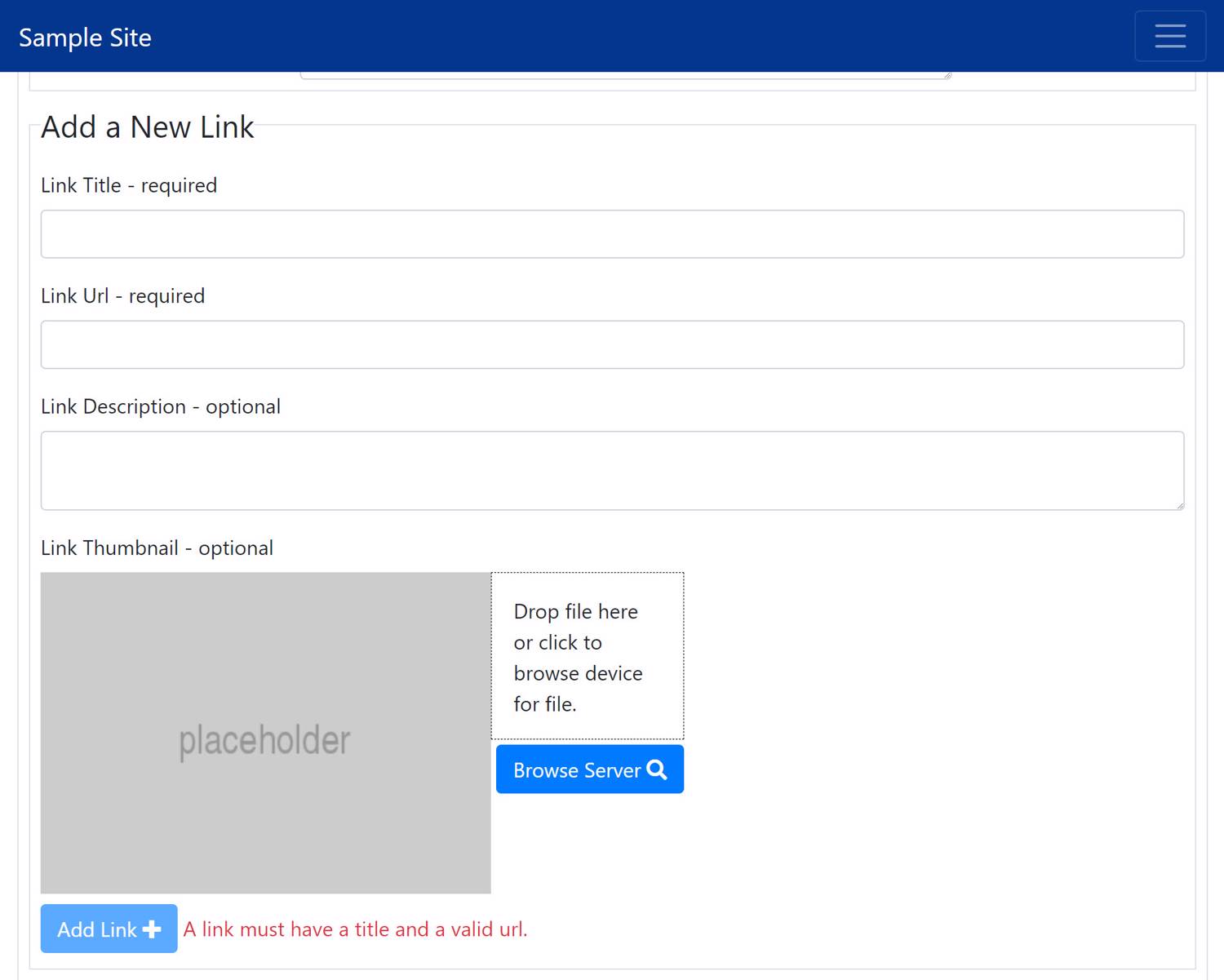Wow, it has been 11 months since my last blog post. Time flies, and a lot has been accomplished in that time. I really should have been blogging about various things along the way, but today I will try to provide a summary of news and progress for cloudscribe.
Open Source Improvements
Dynamic Authorization Policies is a new open source project from cloudscribe that started life as an add on product but was recently made open source on github. It allows you to manage ASP.NET Core authorization policy requirements from the UI. cloudscribe Core always provided management of user role membership and custom claims, but typically authorization policies are coded up in startup code which means that in order to change them you have to change the code, build, and redeploy your application. So you could create new roles from the cloudscribe core UI but you could not use the new role in a policy without going through build and deploy steps. Dynamic Authorization Policies lets you manage policies from the UI and therefore provides the final piece of the puzzle for managing access to your site content and features.
cloudscribe Core has some new improvements, including support for LDAP authentication, this work was sponsored by Exegesis Spatial Data Management. We also added an option to force only one web browser session per user, and an option to require 2 factor authentication.
PwaKit is a new open source project that facilitates building progressive web apps that work offline and support push notification. This work was sponsored by our friends at Exegesis Spatial Data Management.
A whole new way of doing localized content has been implemented in SimpleContent but needs documentation and a sample project. There is a github issue about it here and it was sponsored by Domain Integrators.
Commercial Products
In addition to our open source progress, we've also shipped several commercial add on features.
cloudscribe Forms and Surveys Solution provides a super user friendly drag and drop form designer, and provides a content template for SimpleContent that allows you to put a form/survey on content pages. This youtube video gives a tour of the product.
cloudscribe "TalkAbout" Comment System provides a self hosted GDPR friendly alternative to 3rd party comment systems such as Disqus. If you use a free service chances are that you and your web visitors are the product. Such services add numerous 3rd party tracking cookies and collect data about you and your users for their own purposes. All these extra tracking cookies complicate your ability to meet GDPR requirements. By using a self hosted comment system instead you can avoid all those 3rd party tracking cookies and more easily achieve GDPR compliance.
cloudscribe "TalkAbout" Forums provides a self hosted, GDPR friendly question and answer style forum to help you build a community. We just launched our Community Support Forum recently using this.
cloudscribe Membership Paywall provides the tools you need to monetize your premium content. You protect your premium content with roles, and users who purchase membership get automatically granted the needed roles to access your content and automatically removed from the roles if their membership expires. It provides automatic membership renewal using stripe for payment processing.
All of our add on products are free to try, and are included in our latest project template for Visual Studio, so you can easily create web apps with the nuget packages for these features all wired up for you. They do have some nag alerts that are shown every few web requests, by purchasing a license file you can remove the nag alerts.
